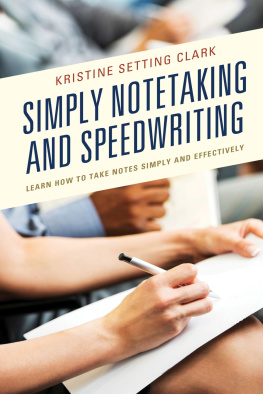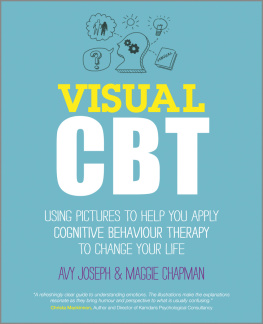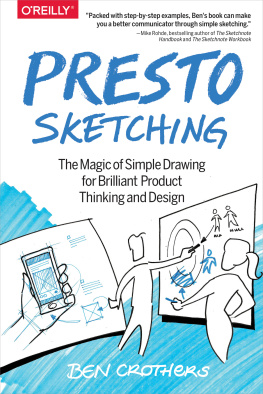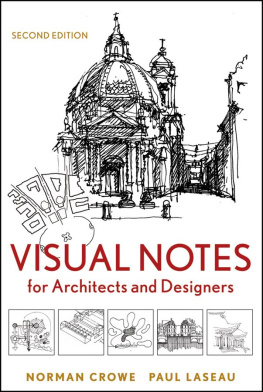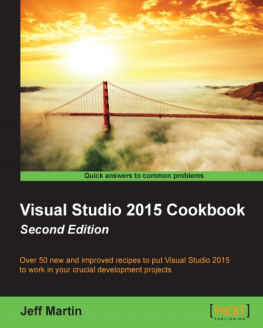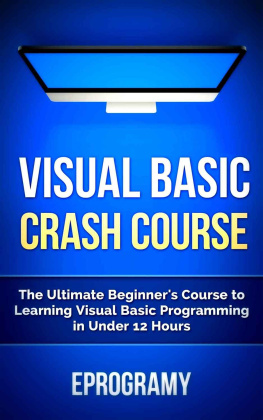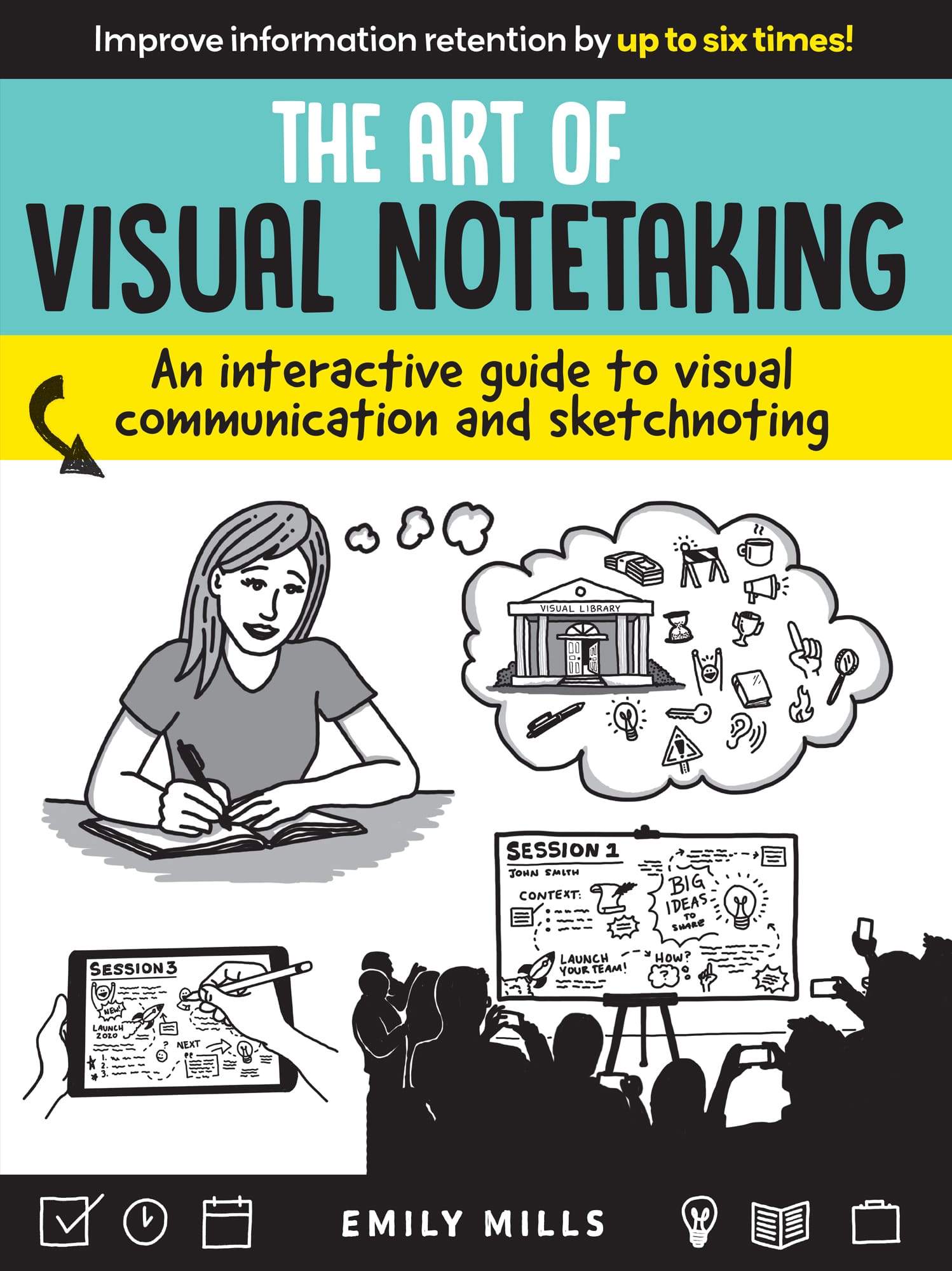I stumbled into the world of visual notetaking quite by accident.
It all began with whiteboards. I drew cartoons on my moms office whiteboard, and the teachers and staff at the school loved coming by to see my comics. I continued that tradition throughout college and even after I joined the workforce and had an office of my own.
One day a former coworker emailed me out of the blue. He worked at a film studio that had agreed to create a voiceover whiteboard video for a clientonly they didnt have anyone on staff who could draw. He remembered those whiteboard drawings in my office and asked me to come in and help. The whiteboard video project was one of the most fun projects I had ever worked on, and it opened my eyes to the possibilities of using illustration to help tell a story, as well as convey complicated information.
THATS WHERE YOU COME IN!
Youve picked up this book, so chances are high that youre interested in the idea of visualizing information and have even seen the value it provides. Whether youre taking up visual notetaking as a hobby or perhaps want to become a professional notetaker, I cant wait to help you on your journey to create compelling, memorable, and shareable notes! The best part? Anyone can take visual notes if you can hold a pen and listen
ARE YOU READY? LETS GET STARTED!
HOW TO USE THIS BOOK
This book is formatted just like the live workshops I teach. Visual notetaking is simple to look at (thats the whole point!), but theres a lot beneath the surface that you may not realize!
Its important to progress through this book in order. Dont jump ahead or skip any section! Visual notetaking is an additive process, and each lesson builds on the last. Well build a strong foundation, add skills and tools, and in the end, youll have a strong, complete framework of knowledge you can be confident in.
Each section features instruction, practical tips, and exercises to help you practice the skills you learn, along with some fun stories from my experiences along the way.
I encourage you to use an unruled journal or sketchbook for practice. Bound books keep your work contained in one place, and theyre easy to transport and store. If journals arent your style, use whatever paper you have on hand. Above all, I cant reiterate enough that you must KEEP YOUR WORK! Its so important to look back and see your progress as you grow. My first sketchnote was pretty bad, but I got better with practice! Im so glad I have my old work so I can see where Ive improved and how far Ive come, no matter how embarrassing it might feel.
Turn the page to get started building that foundational knowledge!
THE BASICS:
WHAT ARE VISUAL NOTES?
Youre probably eager to start practicing visual notes on paper, but first we have to build a foundation and learn the why and what behind visual notes. If you dont know why youre doing something, you probably cant do a very good job at it! Lets dive in.
Visual notes, also referred to as sketchnotes, are made for the purpose of retaining information. Visual notes are hand-rendered, visual records of information or an experience using drawings and written text.
Whoa, that was a lot! Lets break it down.
FOR THE PURPOSE OF RETAINING INFORMATION
The overall goal with visual notes is to remember the information that was shared or experienced. Information has zero value if it cant be remembered or shared! Visual notes help information retain its value over time.
HAND-RENDERED
Visual notes must be done by a human hand, whether in real time or after the fact, digital or on paper. The human element is essential for effective visual notes.
VISUAL RECORDS OF INFORMATION
Just like a photograph is a visual representation and documentation of a moment in time, visual notes are a visual representation of imparted information or an experience.
DRAWINGS & WRITTEN TEXT
This part is really important to master! With visual notes, you either create clarity or confusion. Visual notes exist to visualize, clarify, and organize information. The purpose of the illustrations is to help the information be understood and remembered, so the illustrations that are paired with the information should always be directly related, otherwise you will create confusion. The illustrations and information should work in tandem to create a visual understanding for better clarity. Well get into the science behind this later.
Below is this concept in action.
Its easy to see which page of notes is more effective. When information is illustrated, its powerful!
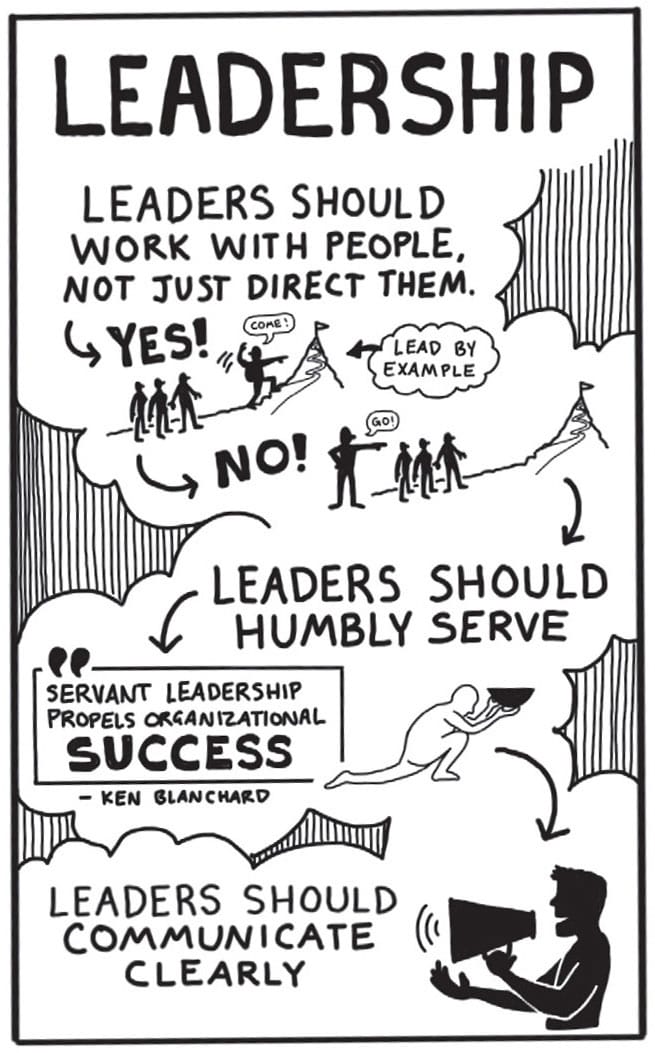
VISUAL NOTES ARE NOT JUST ILLUSTRATIONS
Illustration by itself is primarily form over function. Visual notes pair illustration with information to provide function over form. The driving power of visual notes lies in the information. An illustrations purpose is to visualize and highlight the information; therefore, the information must be present before the illustration can exist.
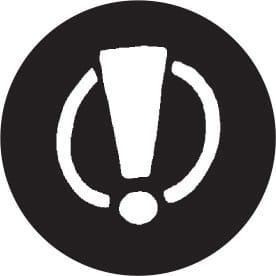
But what if I can draw a really great picture that gets the concept across clearly? Do I have to write words?
Ill ask you this: What takes longer? Writing the sentence Leaders should listen to their employees or drawing a picture of a leader listening to employees? Writing is MUCH faster than drawing.
If the information isnt shared with written words, it loses clarity. Effective visual notes will always include written words. Together, illustrations and information work with each other to create a more powerful learning experience.



